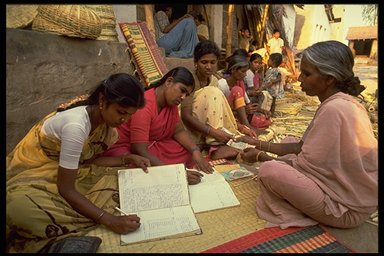Rural poverty report 2011

This is a comprehensive report on rural poverty, its global consequences and the prospects for eradicating it. It consists of updated estimats by IFAD regarding howmany rural poor people there are in the developing world, poverty rates in rural areas and the percentage of poor people residing in rural areas.
Rural Poverty Report 2011 provides a clear approach to tackling rural poverty today and to facing the challenges of the future. Through interviews with poor rural people, case studies and extensive research by experts in poverty reduction, the report looks at who poor rural people are, what they do and how their livelihoods are changing. It explores the challenges that make it difficult for rural women, men and young people to overcome poverty. The report stresses the importance of reducing the many risks that poor rural people face as an essential prerequisite for reducing rural poverty. It highlights the need to make smallholder agriculture more productive and profitable through a new agenda for sustainable agricultural intensification that takes advantage of changing market conditions. And it underlines the importance of building poor rural people’s capabilities to take advantage of opportunities in the non-farm economy. The report concludes with the policies and actions that governments and development practitioners must take to support the efforts of poor rural people themselves.
Related Content
- What do we know about poverty in India in 2017/18?
- Estimating poverty in India without expenditure data: a survey-to-survey imputation approach
- Nowcasting poverty in India for 2014-15: a survey to survey imputation approach
- Agriculture, food security, and nutrition in Malawi: leveraging the links
- Question raised in Lok Sabha on Poverty Eradication Programmes, 03/08/2017
- Vulnerability to drought and food price shocks: evidence from Ethiopia
